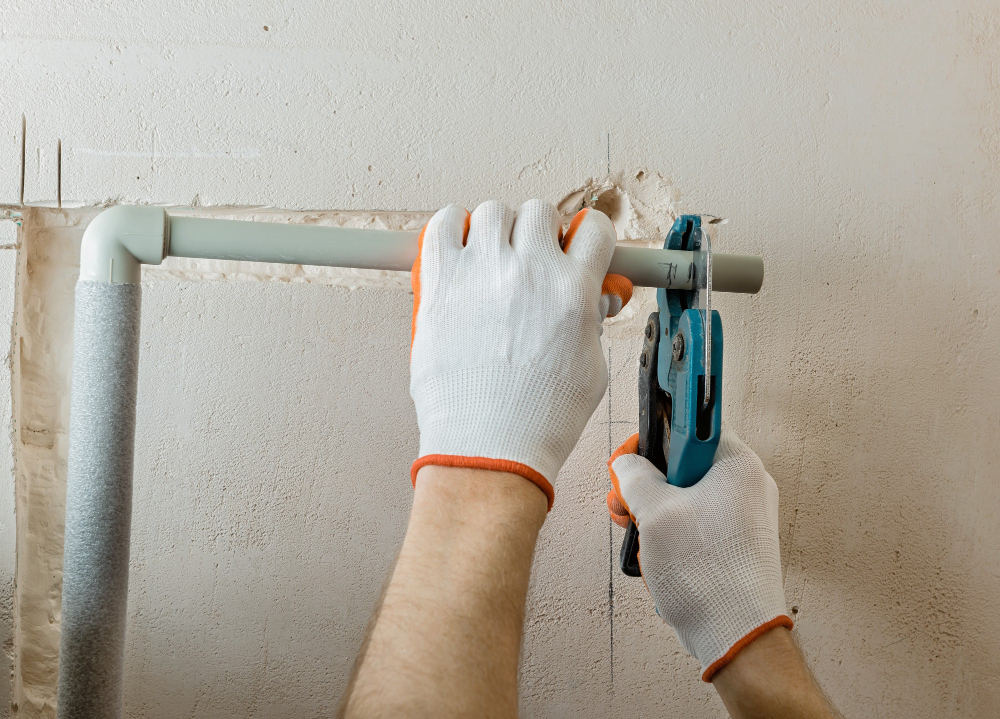Understanding Gas Fitting: Importance, Safety, and Best Practices
Gas fitting is a crucial aspect of any home or building’s infrastructure, responsible for the installation, maintenance, and repair of gas systems. Whether it’s for heating, cooking, or other purposes, proper gas fitting ensures the safe and efficient use of natural gas or propane. In this article, we’ll explore the importance of gas fitting, safety considerations, and best practices for gas fitting professionals.
The Importance of Gas Fitting
Gas fitting plays a vital role in ensuring the safe and reliable operation of gas appliances and systems. Proper gas fitting is essential for preventing gas leaks, which can lead to fires, explosions, or carbon monoxide poisoning. Gas fitting professionals are trained to install, maintain, and repair gas systems according to local building codes and safety standards, ensuring the safety of occupants and property.
Safety Considerations
Safety is paramount when it comes to gas fitting. Gas is highly flammable and can be dangerous if not handled properly. Here are some key safety considerations for gas fitting professionals:
- Proper Ventilation: Adequate ventilation is crucial to prevent the buildup of gas fumes, which can be harmful or even deadly. Gas fitting professionals must ensure that gas appliances are properly vented to the outside.
- Gas Leak Detection: Gas fitting professionals should be trained to detect gas leaks using specialized equipment such as gas detectors or soapy water. Early detection of leaks can prevent accidents and ensure the safety of occupants.
- Compliance with Regulations: Gas fitting professionals must adhere to local building codes and regulations governing the installation and maintenance of gas systems. Non-compliance can result in fines, penalties, or even legal action.
- Regular Maintenance: Regular maintenance of gas appliances and systems is essential to ensure their safe and efficient operation. Gas fitting professionals should inspect gas systems periodically and perform any necessary repairs or replacements.
Best Practices for Gas Fitting Professionals
Gas fitting professionals should follow best practices to ensure the safety and quality of their work. Some best practices include:
- Proper Training and Certification: Gas fitting professionals should undergo comprehensive training and obtain the necessary certifications to work with gas systems safely and legally.
- Use of Proper Tools and Equipment: Gas fitting professionals should use specialized tools and equipment designed for working with gas systems to ensure accuracy and safety.
- Attention to Detail: Gas fitting professionals should pay attention to detail when installing or repairing gas systems to prevent leaks or other issues.
- Regular Updates and Continuing Education: Gas fitting professionals should stay updated with the latest regulations, technologies, and best practices through continuing education and training.
Gas fitting is a critical aspect of building infrastructure, ensuring the safe and efficient operation of gas systems. Gas fitting professionals play a crucial role in installing, maintaining, and repairing gas systems according to safety standards and regulations. By following best practices and prioritizing safety, gas fitting professionals can ensure the safety and well-being of occupants and property.



